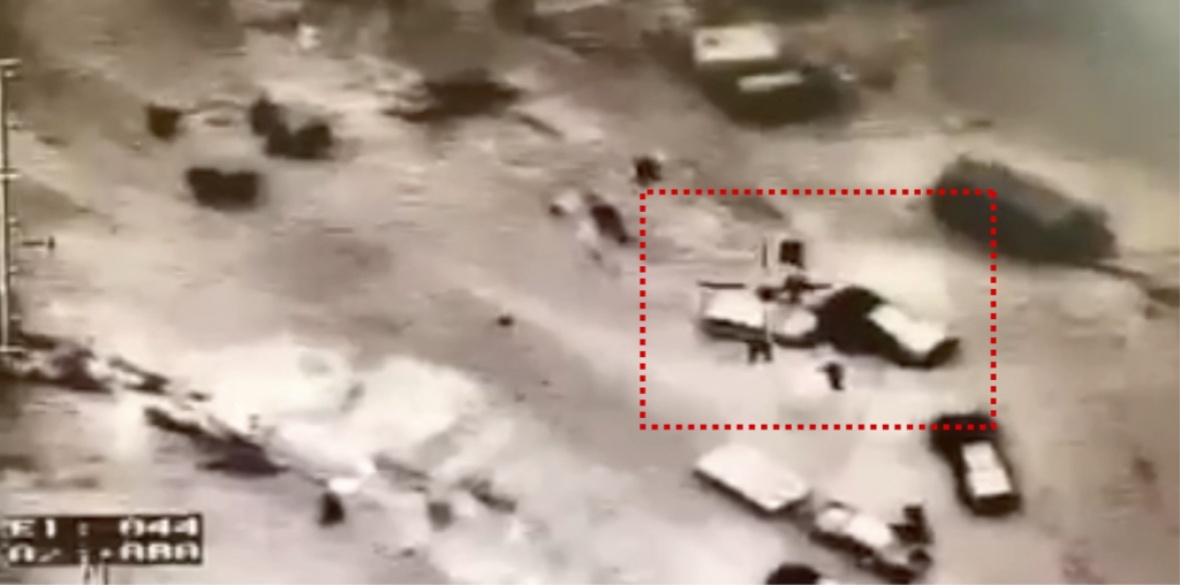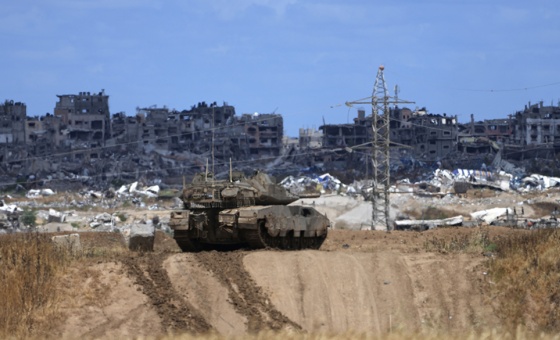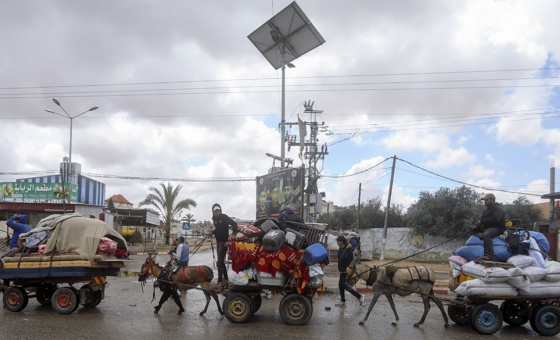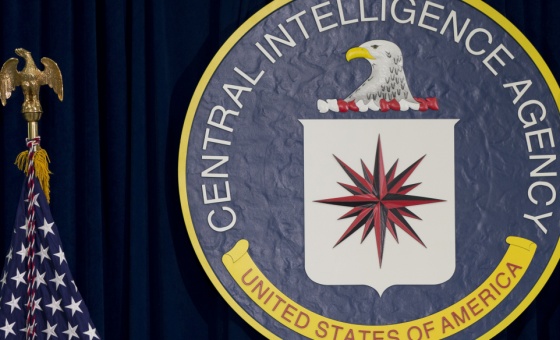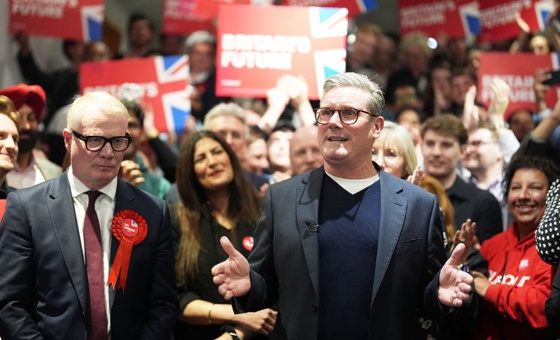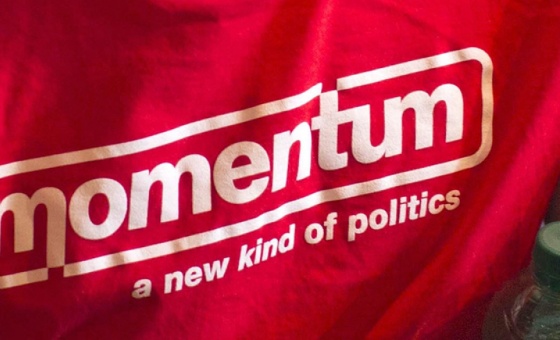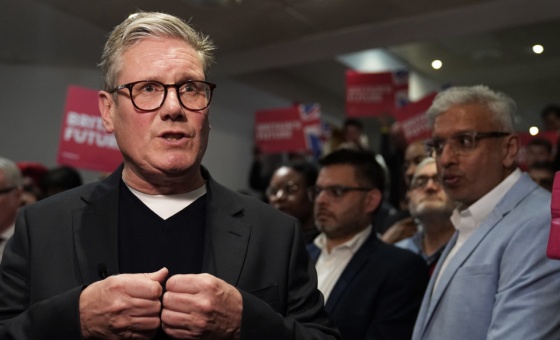This is the last article you can read this month
You can read more article this month
You can read more articles this month
Sorry your limit is up for this month
Reset on:
Please help support the Morning Star by subscribing here
IN 2018, the continuing revival of interest in progressive politics was reflected in artists’ and curators’ greater openness to serious themes.
After being almost forgotten for many decades, the prints of Frank Brangwyn were brought to a new audience by Brighton Museum.
Brangwyn intended his print series to be widely accessible by being much cheaper than unique paintings and his powerful depictions of dockers, shipbuilders, boot makers, woodcutters and bottle washers, while exposing their harsh conditions, honoured their labour without idealisation or sentimentality.
In London, Tate Britain’s Aftermath exhibition, focusing on British, French and German responses to WW1, did not shy away from including and identifying the politics of socialist and communist artists.
Moving indictments of the effects of war by Marcel Gromaire, John Heartfield, Kathe Kollwitz and George Grosz were followed by exposures of poverty and resistance to rising fascism. Clive Branson’s emphatic Portrait of a Worker and Otto Griebel’s rousing The Internationale, also on display, were previously virtually unknown to Britain’s public.
Similarly, Modern Art Oxford introduced the astonishing political tapestries of Hannah Ryggen to a British audience.
Well known in her adopted Norway, this communist artist’s vividly coloured weavings raged against social injustice and oppression, from Mussolini in Abyssinia to the US in Vietnam. Ryggen also pioneered an ecological approach to life and art by weaving entirely from local wool which she spun and dyed from local plants.
In our times, the thought-provoking installations of Mark Dion at the Whitechapel Gallery in London investigated humanity’s often fraught and changing relationships with the natural world. They exposed hunting as a privileged activity and combated killing for pleasure and the exploitation of birds and animals.
At first sight, Christo and Jeanne Claude’s London Mastaba intrudes incongruously in Hyde Park’s Serpentine.
Like a mammoth pink and orange plastic toy carelessly chucked into the lake by a passing spaceship, this installation disturbs the peaceful, shimmering greens, blues and whites of water, trees and sky.
But passing alongside it and looking back reveals that it is constructed from brightly painted oil drums whose colours and shapes change magically. And these transformed containers vividly encapsulate the ecological message of fossil fuel’s threat to nature.
Yet the art world’s acceptance of “political art” brings the danger of the now fashionable term being too loosely defined, especially when attached to identify politics or to art with obscure, indecipherable content, so defeating its purported political message.
This cannot be said of Forensic Architecture’s ongoing project Killing in Umm al-Hiran, 18 January 2017, Negev/Naqab. Shortlisted for the Turner Prize, this loose collective of artists, lawyers , filmmakers, architects, investigative journalists, scientists and software developers use widely available digital means to expose and combat state and corporate violence.
The profoundly disturbing footage recorded in real time by the investigative journalist conveys the chaos and brutality of an Israeli forces’ night-time attack on the Bedouin village. This could then be used in legal proceedings.
But is this art? Just as Picasso’s Guernica spread political awareness through the use of shocking visual language, so Forensic Architecture use contemporary means to communicate an urgent message. The collective should have won the prize.
This year also saw the usual crowd-pullers staged by Britain’s poorly funded public art institutions which rely increasingly on corporate sponsorship. Tate Modern exhibited Modigliani, Giacometti and Picasso and the British Museum showed Rodin.
It is snobbery to discount such blockbusters because of these artists’ popularity. They give access to otherwise unseen original works, provide much pleasure and introduce younger generations to the giants of modernism.
But, at their worst, they dishonestly draw crowds to expensive exhibitions through connecting a generalised theme to a famous artist. So I ventured to the National Gallery’s Monet and Architecture exhibition expecting disappointingly few, locally sourced works padded out with archival and comparative material.
It was, however, a revelation. Expertly and progressively curated and well funded, it brought together numerous works from worldwide collections, many previously publicly unseen. And setting them in their historical and sociopolitical contexts revealed the republican Monet to be a truly revolutionary realist, aware of the impact of modernity.
Tate Liverpool’s wonderful ongoing Fernand Leger exhibition gave me the purest undiluted pleasure. It restores him to his rightful place alongside Picasso and Matisse as a pioneering Modernist and explains the socialist and communist impetus behind his work.
Leger’s lifelong commitment to developing an accessible art in a visual language pertinent to modern times led to his solving the conundrum of conveying the political importance of working-class life through visually seductive works.
His colourful celebrations of nature and working-class popular entertainment and solidarity at work are a joy.

